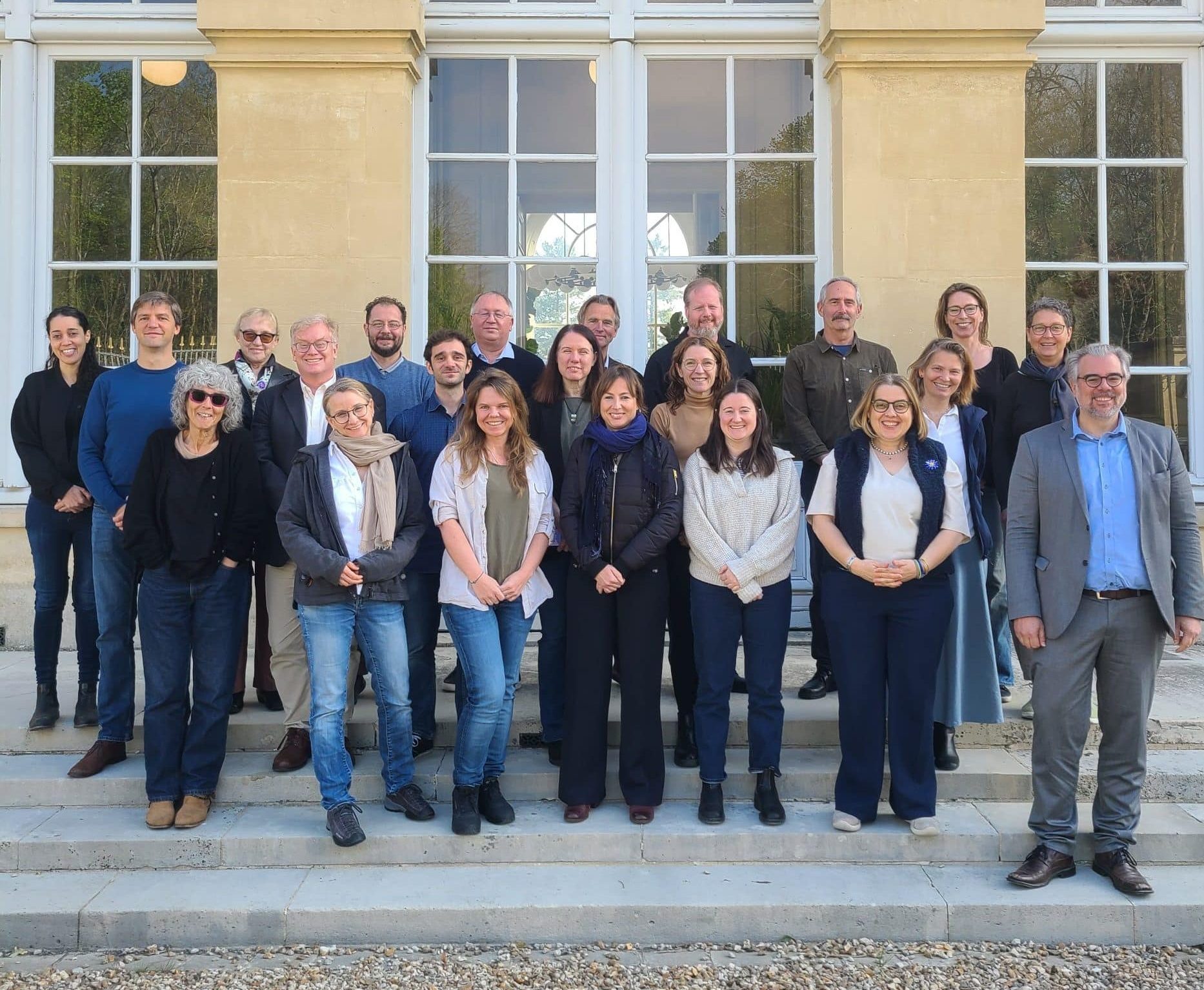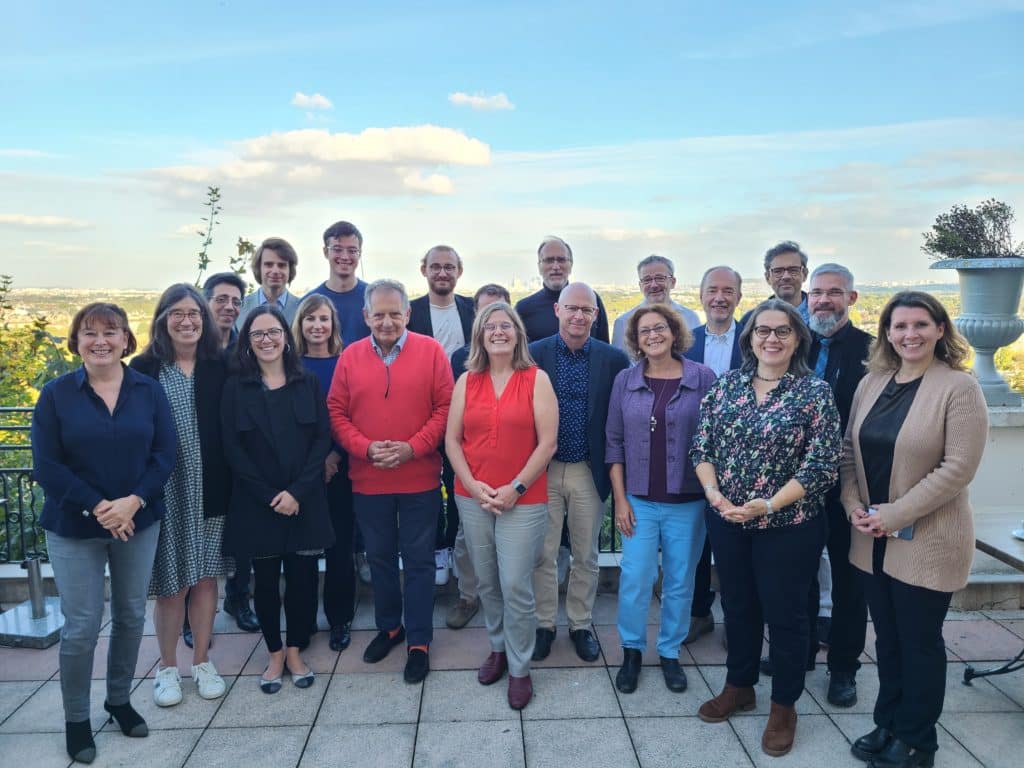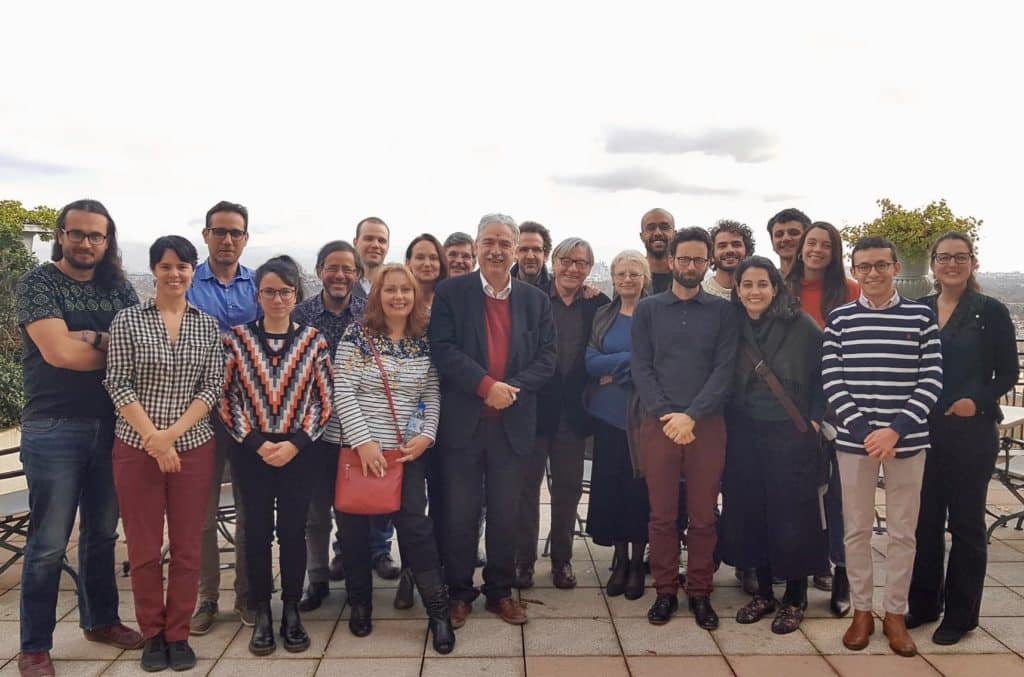- Suliann BEN AHMED, Institut des Sciences Cognitives, France
- Céline AMIEZ, U371 INSERM, France
- Nick BARRACLOUGH, School of Psychology, University of St. Andrews, UK
- Elisabeth M. BRANNON, Center for Cognitive Neuroscience, Duke University, USA
- Giovanni BUCCINO, Department of Neuroscience, School of Medicine, University of Parma, Italy
- Jean-Pierre CHANGEUX, Collège de France and Pasteur Institute, France
- Stanislas DEHAENE, Service Hospitalier Frédéric Joliot, France
- Jean-René DUHAMEL, Institut des Sciences Cognitives, France
- Juan-Carlos GOMEZ, School of Psychology, University of St. Andrews, UK
- Marc D. HAUSER, Department of Psychology, Harvard University, USA
- Jean-Jacques HUBLIN, Department of Anthropology, University of Bordeaux, France
- Atsushi IRIKI, Department of Maxillofacial Biology, Tokyo Medical and Dental University, Japan
- Tjeerd JELLEMA, Department of Experimental Psychology, Helmholtz Research Institute, Utrecht University, The Netherlands
- Jean-Paul JOSEPH, U371 INSERM, France
- Nancy KANWISHER, Department of Brain and Cognitive Sciences, Massachussets Institute of Technology, USA
- Zoe KOURTZI, Max Planck Institute for Biological Cybernetics, Tübingen, Germany
- Erica N. LORINCZ, School of Psychology, University of St. Andrews, UK
- Nikos K. LOGOTHETIS, Max Planck Institute for Biological Cybernetics, Tübingen, Germany
- Giuseppe LUPPINO, School of Medicine, University of Parma, Italy
- EARL K. MILLER, The Picower Center for Learning and Memory and Department of Brain and Cognitive Sciences, Massachussets Institute of Technology, USA
- Elinor McKONE, School of Psychology, Australian National University, Australia
- Andreas NIEDER, Primate NeuroCognition Laboratory, University of Tübingen, Germany
- David I. PERRET, School of Psychology, University of St. Andrews, UK
- Michael PETRIDES, Department of Neurology and Neurosurgery, Montreal Neurological Institute, McGill University, Canada
- Emmanuel PROCYK, U371 INSERM, France
- Giacomo RIZZOLATTI, Department of Neuroscience, School of Medicine, University of Parma, Italy
- Jeffrey R. STEVENS, Department of Psychology, Harvard University USA
- Manabu TANIFUJI, Brain Science Institute, Riken, Wako, Japan
- Kazushige TSUNODA, Brain Science Institute, Riken, Wako, Japan
- David VAN ESSEN, Department of Anatomy and Neurobiology, Washington University School of Medicine, USA
- Claire WARDAK, Institut des Sciences Cognitives, France
- Dengke XIAO, School of Psychology, University of St. Andrews, UK
- Yukako YAMANE, Brain Science Institute, Riken, Wako, Japan
- Karl ZILLES, Institute of Medicine, Research Center Jülich, Germany and C&O Vogt Brain Research Institute, University of Düsseldorf, Germany
From Monkey Brain to Human Brain
A Fyssen Foundation Symposium
Edited by Stanislas Dehaene, Jean-René Duhamel, Marc D. Hauser and Giacomo Rizzolatti
Overview
The extraordinary overlap between human and chimpanzee genomes does not result in an equal overlap between human and chimpanzee thoughts, sensations, perceptions, and emotions; there are considerable similarities but also considerable differences between human and nonhuman primate brains. From Monkey Brain to Human Brain uses the latest findings in cognitive psychology, comparative biology, and neuroscience to look at the complex patterns of convergence and divergence in primate cortical organization and function.
Several chapters examine the use of modern technologies to study primate brains, analyzing the potentials and the limitations of neuroimaging as well as genetic and computational approaches. These methods, which can be applied identically across different species of primates, help to highlight the paradox of nonlinear primate evolution—the fact that major changes in brain size and functional complexity resulted from small changes in the genome. Other chapters identify plausible analogs or homologs in nonhuman primates for such human cognitive functions as arithmetic, reading, theory of mind, and altruism; examine the role of parietofrontal circuits in the production and comprehension of actions; analyze the contributions of the prefrontal and cingulate cortices to cognitive control; and explore to what extent visual recognition and visual attention are related in humans and other primates.
The Fyssen Foundation is dedicated to encouraging scientific inquiry into the cognitive mechanisms that underlie animal and human behavior and has long sponsored symposia on topics of central importance to the cognitive sciences.


